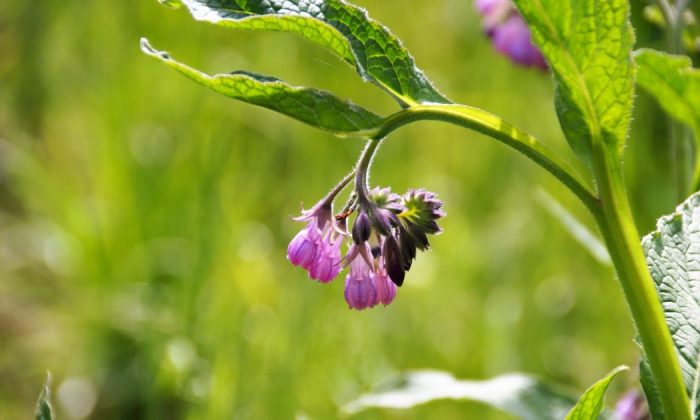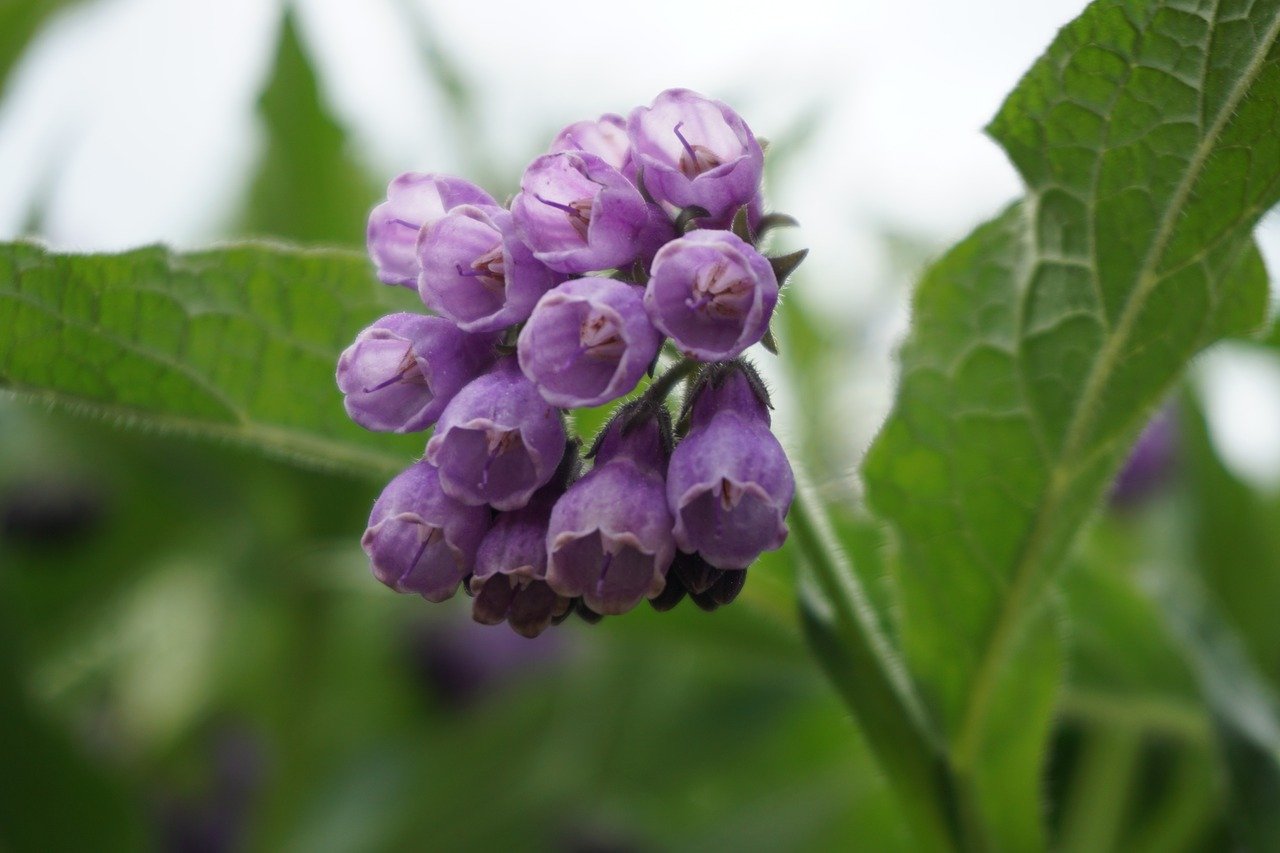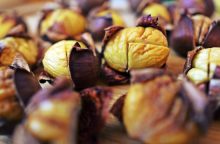Common comfrey – a very powerful plant you need for bad times

Symphytum officinale also known as the common comfrey or slippery root produces beautifully coloured flowers. Our ancestors have been using it for ages to treat stomach ulcers, menstruation issues and bronchitis, but also joint pain, rheumatoid arthritis, wounds, back strain and other ailments. Ointment is used externally and you can buy it at a drugstore, but you can also make your own ointment in the comfort of your own home. Which ointment should you choose? Well that is up to you but we all know that a homemade stuff is usually much better choice. You know what you have put in and what to expect and you are not using any chemicals.
Homemade ointment
If you find the time, then go and collect comfrey root in wild and get organic root. The best time for collection is in spring or autumn. Take into account that you will not be able to simply pull out the root from the ground with your hands. This miraculous root can “hide” thirty centimetres deep or more. It grows in damp places, such as long riverbanks, streams or in floodplains, meadows and wet fields.
Photo: Pixabay
How to identify comfrey root
Before we describe how the plant looks like, let us tell you that with a bit of luck, you can spot it outside your city. Maybe you do not need to go to wet places. Comfrey grows up to one meter tall, has a rough and hairy stem and pointed leaves up to fifteen centimetres long, which are also hairy and rough to the touch. These details tell you that you find the actual common comfrey. It produces bell-shaped purple flowers that appear from May to August. Plus you can check the pictures of course.
Make a strong comfrey ointment
- Making ointment is simple. First, clean the root from clay and dirt and rinse it in salted water. Dry it and cut it into thin slices.
- Now, get a large pot and a smaller one. Pour water into the large one and heat it. Place the smaller pot into the large one. You have a water bath.
- Melt lard in the pot and add comfrey root. There should be enough lard to submerge the root.
- Leave the mixture in the bath for twenty minutes. When done, remove the pot and let it cool – until the next day. If you want, you can mix a little beeswax into the lard before it solidifies.
- The next day, heat the contents in the pot and strain the root using a colander or sieve. Pour the resulting infusion into jars, close with airtight lids and store in a dark, cool place. Use as needed.
Source: Autor, ceskatelevize.cz, cs.wikipedia.org, woodland-ways.co.uk
Preview photo: Pixabay

Gardening is my hobby, I have a lot of experience and I am happy to share it.








0 comments